In an era of rapid change, future-proofing your rail planning is essential for meeting evolving passenger demands and sustainability goals. With advancements in technology and a heightened focus on operational efficiency, the next decade presents both opportunities and challenges for rail operators.
Future-proofing rail planning means preparing for uncertainties while optimising current operations. As the rail industry faces increasing competition from other modes of transport, enhancing service quality and efficiency is paramount. Moreover, environmental regulations and passenger expectations are evolving, making it crucial for rail operators to adopt a proactive approach.
We’ve taken a look at the key tools and strategies that will help you stay ahead in the rail industry.
Data Analytics For Informed Decision-Making
Data analytics is a cornerstone of modern rail planning. By leveraging powerful analytics tools, rail operators can:
Enhance Demand Forecasting: Use historical data to predict passenger travel patterns, enabling better scheduling and resource allocation.
Optimise Asset Management: Predictive maintenance can help to identify maintenance needs before failures occur, reducing downtime and operational costs. You can learn more about this in our article The Pros And Cons Of Predictive Maintenance
Smart Technologies For Operational Efficiency
Integrating smart technologies is crucial for improving operational efficiency. Adding smart technology to your planning gives you access to:
Internet of Things (IoT): IoT sensors on trains and tracks to monitor conditions in real-time, facilitating proactive maintenance and improving safety.
Artificial Intelligence (AI): Use AI algorithms to optimise scheduling, manage resources efficiently, and enhance route planning.
Contactless Ticketing: Implement smart ticketing systems that streamline the passenger experience and reduce congestion at stations.
Sustainability Initiatives For A Greener Future
As sustainability becomes a pressing concern, rail operators must prioritise eco-friendly practices. There are several different options that can help with this, including:
Energy Management Systems: Monitor and manage energy consumption to reduce carbon footprints, incorporating renewable energy where possible.
Sustainable Materials: Invest in greener materials for infrastructure and rolling stock, minimising environmental impact.
Carbon Footprint Analysis Tools: Assess and track emissions, enabling you to set and achieve sustainability targets.
Collaboration And Communication Platforms
Effective rail planning requires seamless communication among stakeholders. By utilising collaborative tools, you can:
Engage Stakeholders: Use online collaboration platforms for project management and stakeholder engagement, ensuring alignment and transparency.
Geospatial Tools: Employ Geographic Information Systems (GIS) for data visualisation and collaborative planning, aiding in land use and infrastructure projects. We took a futher look at GIS in the article Leveraging GIS In Railway Asset Management And Planning
Public Engagement Mechanisms: Leverage social media and interactive platforms to gather public input and foster community support for rail initiatives.
Leveraging Rail BI For Enhanced Planning Performance
Rail BI offers a platform full of features designed to empower rail operators in their planning processes, making it easier to future-proof operations. Here’s how our platform can support your initiatives:
Asset Management: Get a full understanding of all assets and their relationship to one another. Connect individual asset data, add supporting information, and use maps to view assets in different geographical areas for a complete picture.
Business Case Planning: See cost estimates, data visualisations, and additional supporting information for individual scenarios. View all your scenarios in one place for easy comparison and business case generation.
Cost Estimation: Store your cost information to reuse for different projects, and estimate direct and indirect costs. Perform detailed risk calculations and Monte Carlo simulations for fast and confident cost estimation.
Reporting Tools: Build meaningful reports for consistent reporting and quick, easy comparisons. Create your own templates to include tables, graphs, maps, and more.
Future-proofing your rail planning is not just a new trend; it’s a necessity in today’s fast-paced environment. By leveraging data analytics, smart technologies, sustainable practices, and collaboration platforms, rail operators can enhance their efficiency and responsiveness to changing demands.
The comprehensive features of the Rail BI platform provide the resources you need to stay ahead in the industry. Rail BI empowers operators to optimise operations and make better data-driven decisions. As technology advances, the future of rail travel promises even greater innovation and efficiency, driving the continued evolution of the rail industry.
For more information about our product and to see how using business intelligence can significantly improve your planning for rail maintenance, upgrades and more, contact one of our team today for a demo of our rail planning platform
